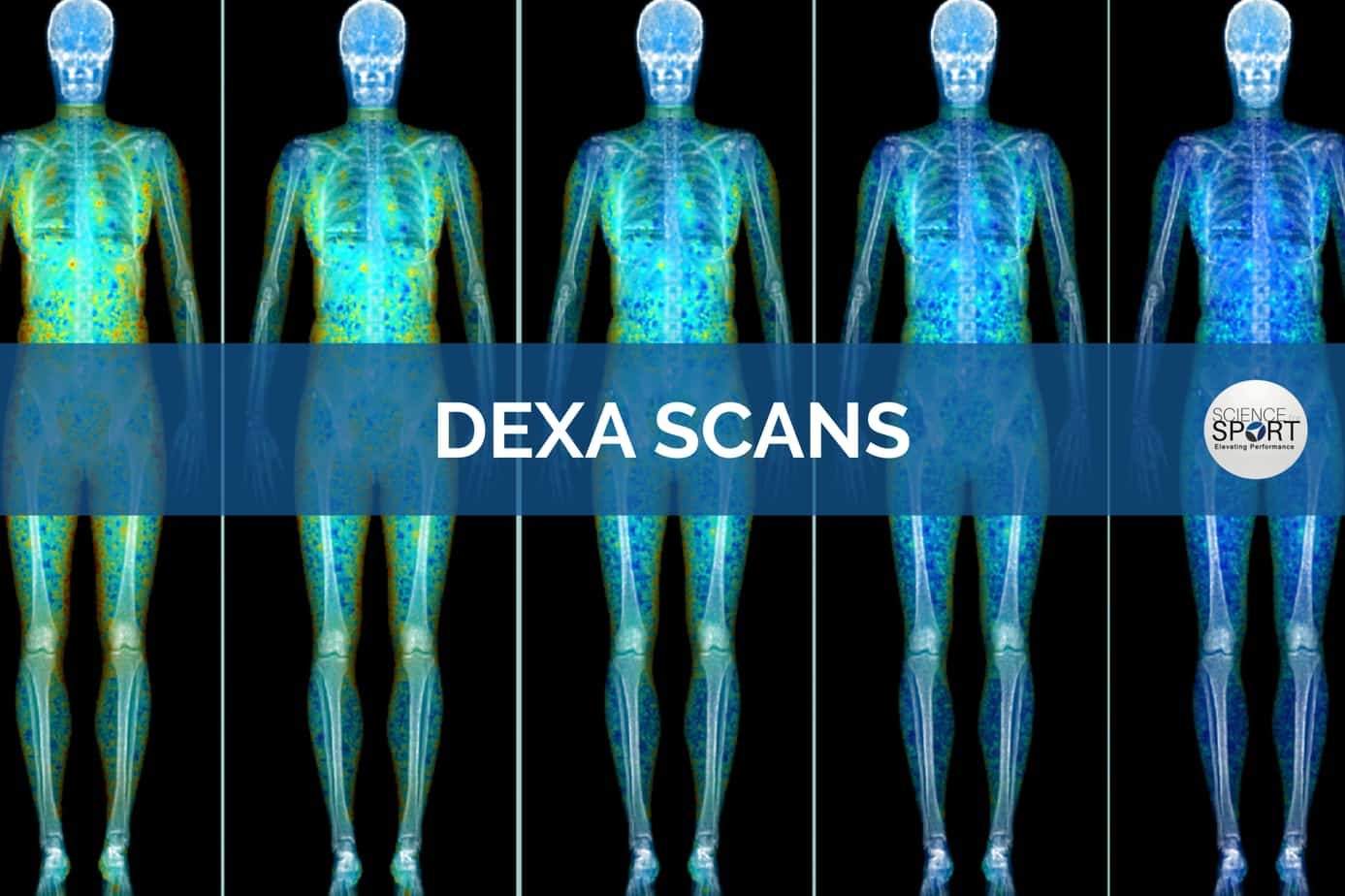What are the most accurate methods for measuring body fat?
Body fat is a critical aspect of overall health and fitness, and measuring it accurately can be important for monitoring progress and achieving goals. There are several methods for measuring body fat, each with its own level of accuracy. In this blog, we will explore the different methods for measuring body fat, ranging from least accurate to most accurate.
Waist Circumference:
Measuring waist circumference is another simple and non-invasive method for assessing body fat. It involves measuring the circumference of the waist at the narrowest point between the ribs and the hips. However, waist circumference only measures the fat around the waist and doesn't account for fat in other areas of the body.
Bioelectrical Impedance Analysis (BIA):
BIA involves passing a small electrical current through the body to estimate body fat percentage. It measures the resistance of the current as it passes through different types of tissue, such as fat and muscle. However, the accuracy of BIA can be affected by hydration levels, food intake, and exercise. Many bathroom scales these days have BIA but it’s unlikely that the measurements will be accurate given that the amount of water we have in our bodies each day can easily throw the numbers around.
Skinfold Thickness:
Fat calipers are inexpensive and can be purchased anywhere online
This method involves measuring the thickness of skinfolds at different points on the body, such as the abdomen, triceps, and thighs. The measurements are then used to estimate body fat percentage using a mathematical formula. However, the accuracy of skinfold thickness measurements can be affected by the skill and experience of the person performing the measurement.
Because this method is inexpensive it can be a good one to use to track progress as long as the equation used and the person taking the measurements stay consistent so you’re comparing like for like.
Air Displacement Plethysmography (Bod Pod):
Using a similar method to underwater weighing (below), the Bod pod uses air pressure instead of water pressure to calculate body fat. It’s not as accurate as hydostic weighing but is more easily accessible and may be available at many gyms.
Hydrostatic Weighing:
Underwater weighing used to be considered the gold standard for measuring body fat. It involves weighing the individual first and then repeating the process but underwater. The weight in air and underwater is used to calculate the density of the body and since fat is less dense than water this means that Individuals with more body fat will weigh less under water. However, the method is time-consuming, expensive, and requires specialized equipment and trained professionals.
Dual-energy X-ray Absorptiometry (DXA):
DXA is a highly accurate method for measuring body fat. It uses two different types of X-rays to measure the density of bones, muscle, and fat. This information is then used to calculate body fat percentage. However, DXA is a more expensive and less accessible method than other measurement methods.
Takeaways
There are several methods for measuring body fat, ranging from least accurate to most accurate. Each method has its own advantages and disadvantages, and the choice of method will depend on the individual's goals, preferences, and resources. While some methods may be more accessible and convenient, it's important to consider the accuracy and reliability of the method before making any conclusions about body fat percentage.
Ultimately your body fat percentage doesn’t really tell you very much about your health so as long as you feel like you are progressing then that’s all that really matters.




